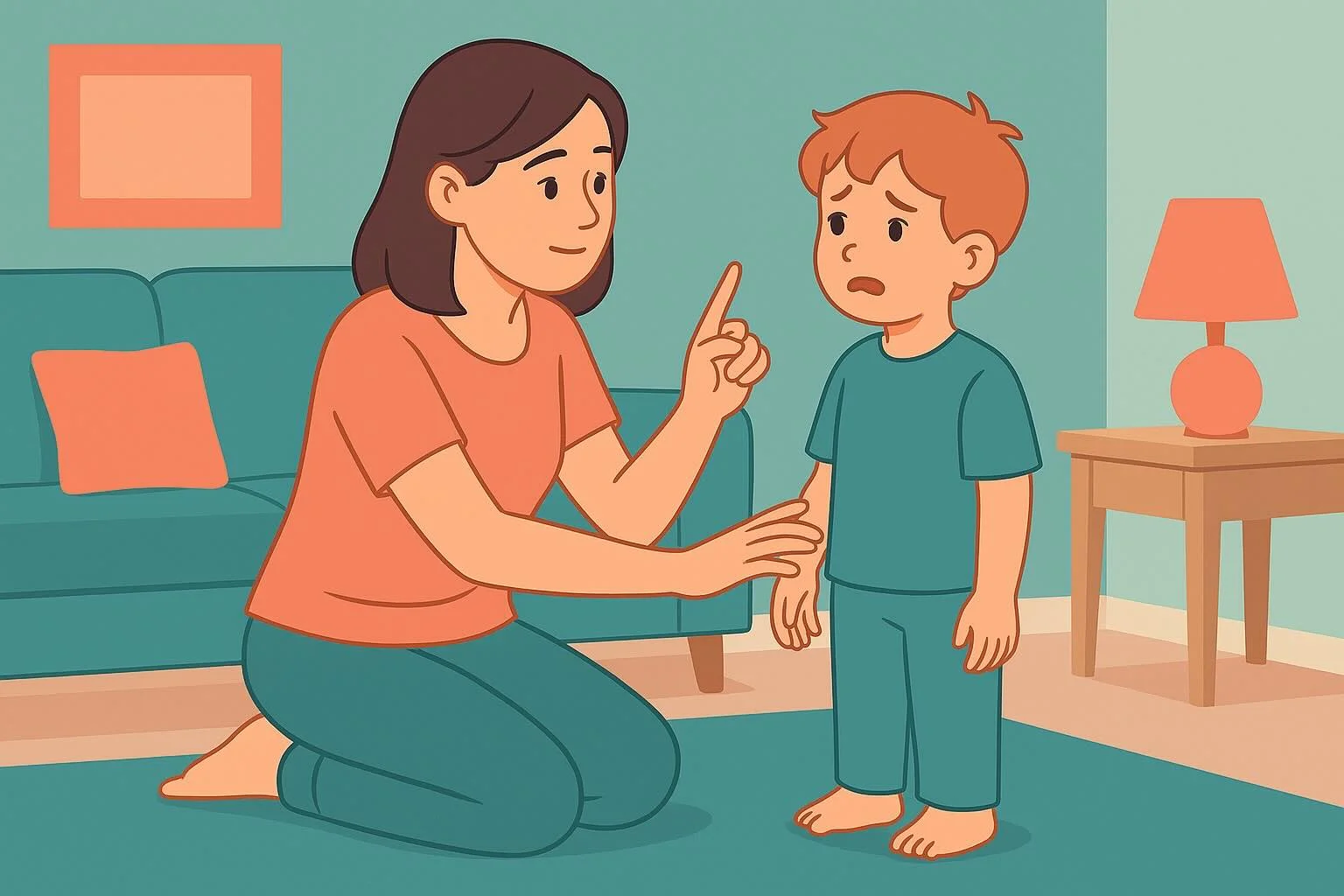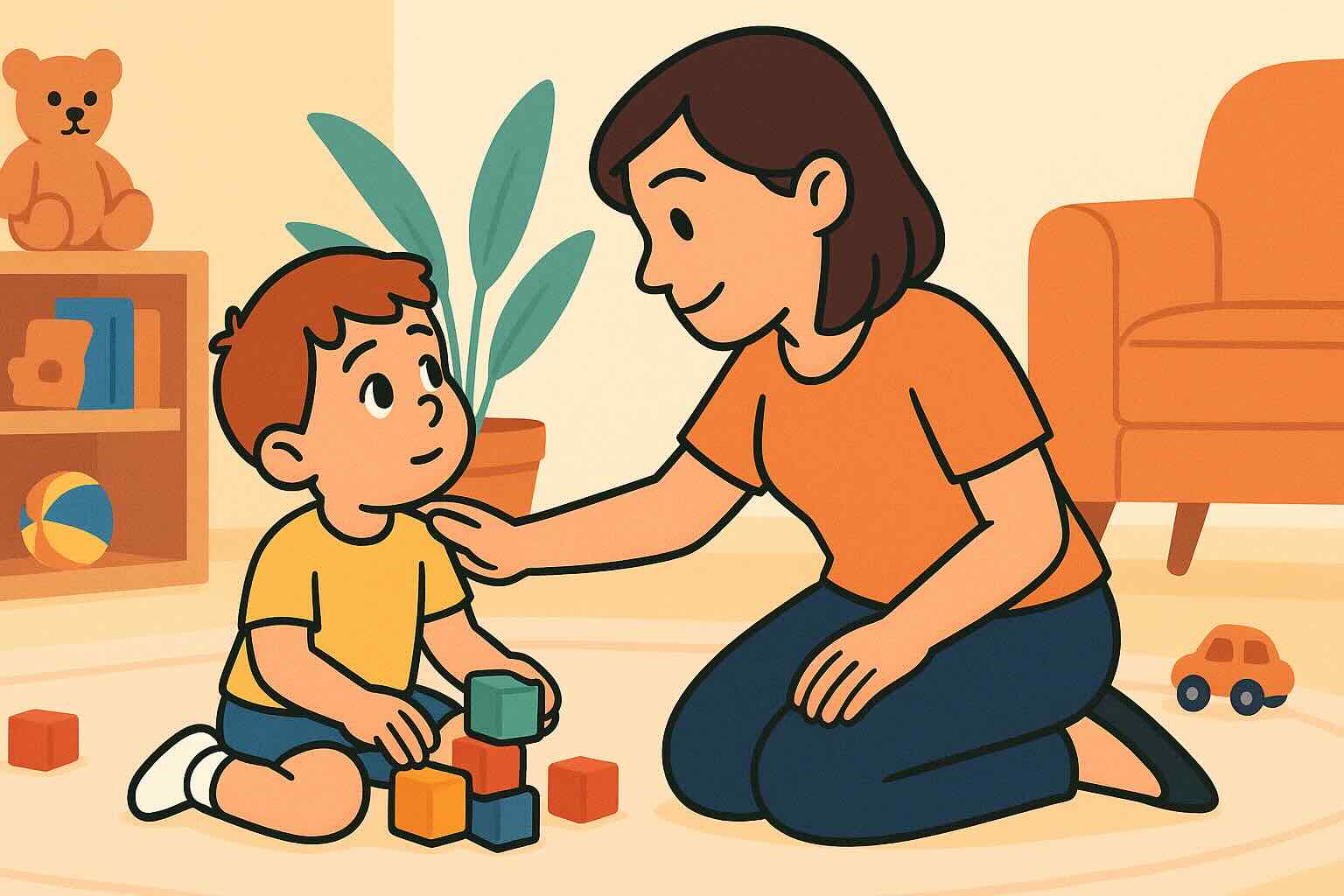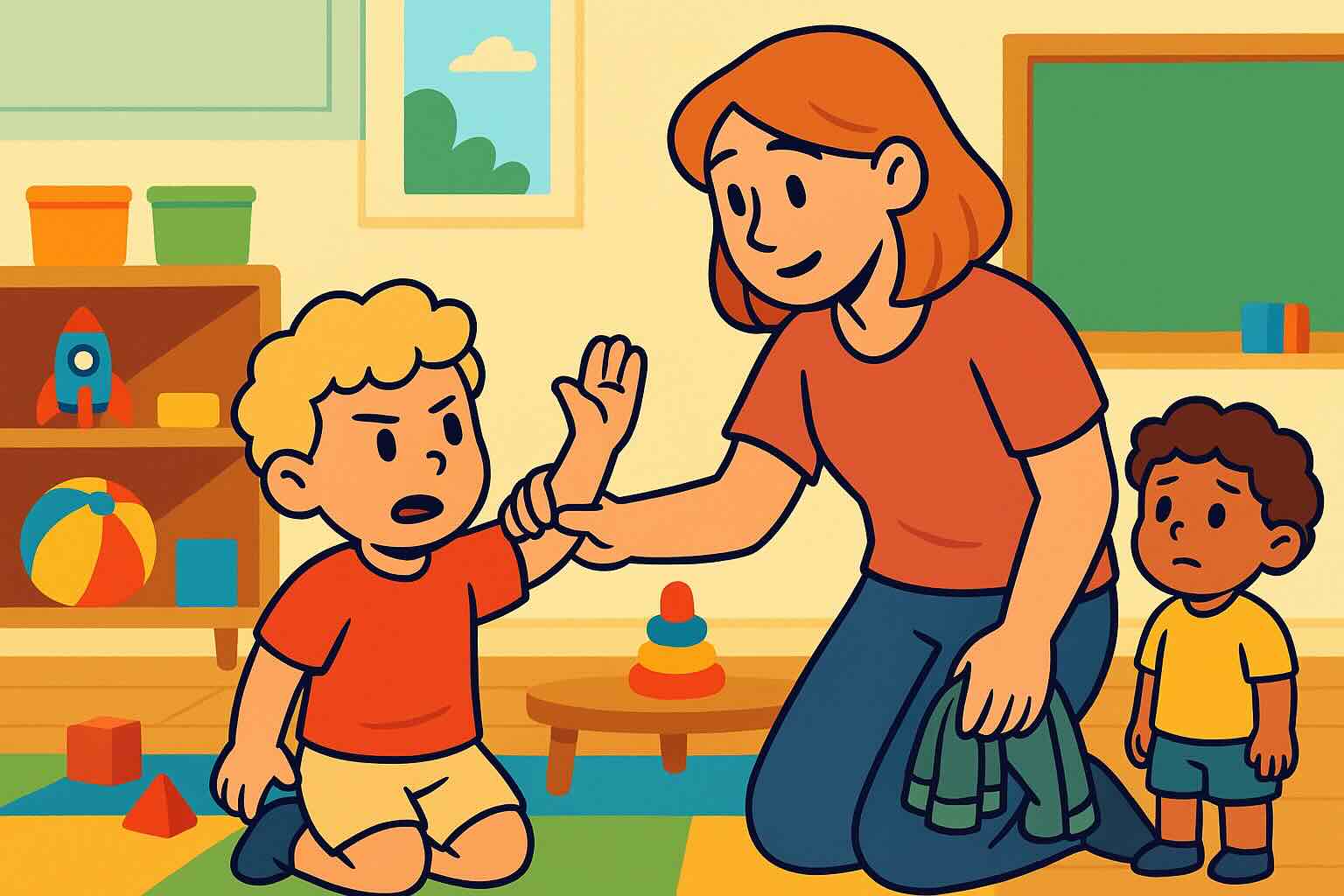4 Year Old Not Listening? The Real Reason Behind Selective Hearing

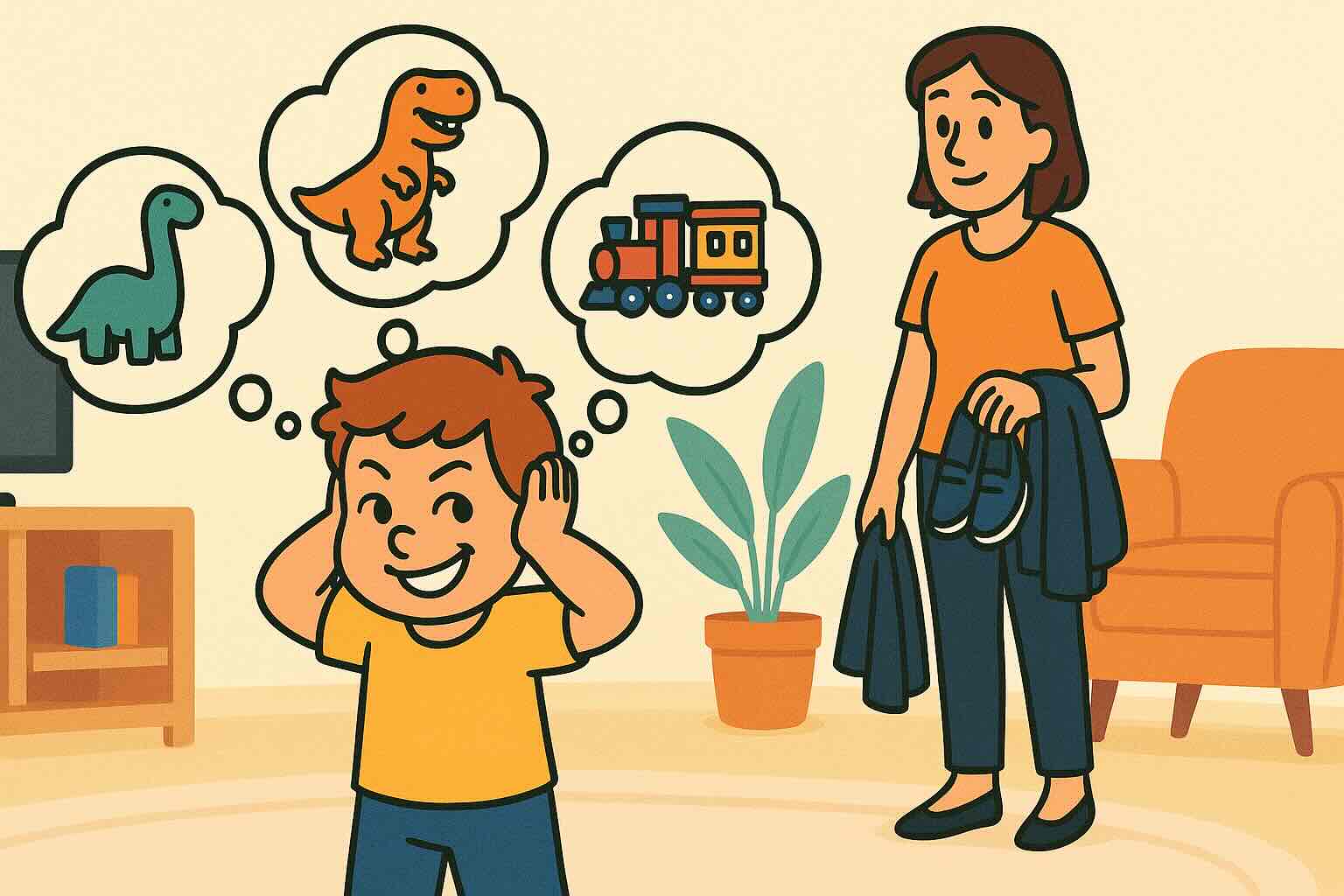
Your 4-year-old can recite every dinosaur name from the Triassic period, remember exactly what you promised three weeks ago about getting ice cream, and recall with perfect clarity that one time Grandma let them have two cookies. Yet somehow, they develop complete amnesia when you ask them to put on their shoes, clean up their toys, or come to dinner.
Welcome to the maddening world of selective hearing at age four—where your child's memory works perfectly for everything except your requests. If you're wondering whether your child has developed a hearing problem that only affects parental instructions, rest assured: this infuriating phase is completely normal and, believe it or not, a sign of healthy development.
The Four-Year-Old Brain: A Perfect Storm of Development
What's Really Happening Inside Their Head
At four years old, your child's brain is undergoing remarkable changes that directly impact their listening behavior:
The Executive Function Construction Zone The prefrontal cortex—responsible for planning, decision-making, and impulse control—won't be fully developed until their mid-twenties. At four, it's like having a computer with amazing processing power but a glitchy operating system.
The Power Discovery Phase Four-year-olds have just discovered they have personal power and choice. They're literally testing what happens when they exercise their will against yours. It's not defiance—it's scientific experimentation with power dynamics.
The Attention Competition Your child's brain prioritizes novelty and interest. When choosing between your boring request to wash hands and their fascinating tower construction, their brain automatically favors the engaging activity. They're not choosing to ignore you—their attention system is making that choice for them.
Why Traditional Discipline Often Backfires
Most parents try these common approaches that actually make selective hearing worse:
Repeating Endlessly: Teaching them to tune out until you're angry Yelling: Creating stress that shuts down their learning brain Bribing: Training them to negotiate everything Threatening: Building resistance and resentment Giving Up: Reinforcing that ignoring you works
Understanding why these don't work is the first step to finding what does.
The Real Reasons Your 4-Year-Old "Doesn't Hear" You
1. The Boundary Testing Protocol
Four-year-olds are developmentally programmed to test every boundary repeatedly. When they ignore your request to clean up, they're conducting important research:
- Will this rule still apply today?
- How many times will Mom ask before acting?
- What happens if I pretend I didn't hear?
- Is this rule the same when Dad's in charge?
This isn't manipulation—it's how they learn about consistency and structure.
2. The Emotional Overwhelm Response
Sometimes "not listening" is actually emotional overload:
- Transitions feel like loss (leaving fun for not-fun)
- Multi-step instructions overwhelm their processing
- Disappointment triggers temporary "deafness"
- Fatigue or hunger affects compliance
When emotions are high, listening skills go offline.
3. The Independence Assertion
Your 4-year-old is caught between wanting independence and needing security. Ignoring you is often their way of saying:
- "I want to make my own choices"
- "I don't like being controlled"
- "I need to feel powerful"
- "I'm a big kid now"
For more insights on navigating power struggles, our managing power struggles guide offers deeper strategies for this challenging dynamic.
Understanding positive discipline fundamentals provides the foundation for transforming these listening challenges into cooperation.
The 8 Strategies That Transform Selective Hearing
1. The Connection Protocol
Before any request, establish genuine connection:
The STOP Method:
- Stop what you're doing
- Touch them gently (shoulder, hand)
- Obtain eye contact
- Proceed with your request
Example: Instead of calling from another room, walk over, kneel down, touch their arm, wait for eye contact, then say: "I see you're drawing something special. When this picture is done, it will be time to wash hands for lunch."
Success rate: 75% better compliance than distant commands
2. The Choice Architecture
Four-year-olds crave control. Give it strategically:
Limited Options Formula:
- Two acceptable choices only
- Both lead to your desired outcome
- Presented calmly without emotion
Examples:
- "Would you like to walk to bath time or hop like a bunny?"
- "Should we clean up fast with music or slow and quiet?"
- "Do you want to brush teeth first or put on pajamas first?"
Why it works: Satisfies their need for autonomy while ensuring compliance
3. The When/Then Strategy
Transform commands into logical sequences:
Instead of: "Clean up your toys right now!" Try: "When the blocks are in the bin, then we can have our snack."
Instead of: "Get dressed!" Try: "When you're dressed, then you can choose today's breakfast."
Instead of: "Stop playing!" Try: "When we finish this game, then we'll read your favorite story."
Key: Always follow through immediately with the "then" part
4. The Natural Consequence Teacher
Let reality be the instructor:
Scenario → Consequence:
- Won't get dressed → Miss morning cartoon time
- Won't clean up → Toys take a vacation for one day
- Won't come to dinner → Food gets cold, kitchen closes
- Won't put on jacket → Feels cold (bring jacket for when ready)
Parent's role: Calm narrator, not angry enforcer "Oh, looks like breakfast time is over since you chose to keep playing. We'll try again at snack time."
5. The Acknowledgment First Technique
Validate before redirecting:
Formula: "I see/hear/understand [their perspective], AND [your requirement]"
Examples:
- "I see you're having so much fun with your trains, AND it's time for bed."
- "I hear that you don't want to leave the park, AND we need to go home for dinner."
- "I understand you want to keep watching, AND screen time is finished."
Why it works: Reduces resistance by showing you understand their world
6. The One-Instruction Rule
Four-year-olds can typically handle ONE clear instruction at a time:
Wrong: "Go upstairs, brush your teeth, put on pajamas, choose a book, and get in bed."
Right: "Time to go upstairs." (Wait for completion) "Now let's brush teeth." (Wait for completion) "Great! Now pajama time."
Success tip: Use visual cues or pictures for multi-step routines
7. The Positive Language Flip
Four-year-olds process what TO do better than what NOT to do:
Negative → Positive:
- "Don't run!" → "Walking feet inside"
- "Stop yelling!" → "Inside voice please"
- "Don't hit!" → "Gentle touches only"
- "No throwing!" → "Toys stay in hands"
- "Quit whining!" → "Use your strong voice"
Brain science: Positive instructions activate the action center; negative ones require extra processing
8. The Energy Match Method
Meet their energy level, then guide it down:
High Energy Response:
- Match their excitement initially
- Gradually lower your energy
- They'll naturally follow your lead
Example: Child bouncing off walls at bedtime
- Start: "Wow, you have SO much energy! Let's do 10 huge jumps!"
- Middle: "Now 5 medium hops"
- End: "Now 3 tiny mouse steps to bed"
Building Long-Term Listening Skills
The Weekly Planning System
Monday: Focus on connection before correction Tuesday: Practice the choice method Wednesday: Implement natural consequences Thursday: Use acknowledgment first Friday: Celebrate listening wins
The Progress Tracker
Keep a simple chart noting:
- Times they listened first request: ⭐
- Times you stayed calm: 💙
- Natural consequences that worked: ✓
- Patterns you notice: 📝
Most parents see 50% improvement within two weeks of consistency.
When Selective Hearing Signals Something More
Red Flags for Professional Support
Consider consulting your pediatrician if:
Hearing/Processing Concerns:
- No response to name when calm
- Difficulty following even single-step instructions
- Frequently says "what?" or looks confused
- Speech seems delayed or unclear
Attention Concerns:
- Cannot focus on enjoyed activities
- Extreme hyperactivity beyond typical 4-year-old energy
- Significant challenges in preschool settings
- No improvement with consistent strategies
Emotional Regulation:
- Extreme meltdowns lasting over 30 minutes
- Aggressive responses to most requests
- Anxiety about normal transitions
- Sleep disruptions affecting behavior
For children with intense reactions to boundaries, our 4-year-old tantrums guide provides specific strategies for emotional outbursts.
Real Parent Success Stories
Emma's Breakthrough: The Whisper Week
"I was exhausted from repeating myself constantly. Then I tried 'Whisper Week'—only making requests in a whisper after getting close. My daughter Lily had to stop and focus to hear me. By day 3, she was listening the first time. Game-changer!"
Marcus's Method: The Sports Announcer
"I started narrating what my son was doing like a sports announcer: 'And Jake is putting on his shoes! He's going for the left foot first!' He loved it and started 'announcing' his own compliance. Bedtime went from 45-minute battles to 15-minute fun."
Priya's Practice: The Yes Day Hour
"Every Saturday morning from 9-10am is 'Yes Hour' where my 4-year-old makes all decisions (within safety). Since starting this, she's much more cooperative the rest of the week. She knows her power time is coming."
Your 30-Day Transformation Plan
Week 1: Foundation Building
- Master the STOP connection method
- Track current compliance rate
- Stay calm when ignored (this is practice!)
Week 2: Choice and Control
- Offer two choices for every transition
- Implement one natural consequence daily
- Celebrate any first-time listening
Week 3: Language and Energy
- Practice positive language flips
- Try the energy matching method
- Use acknowledgment-first technique
Week 4: Consistency and Celebration
- Maintain all strategies consistently
- Note improvements in your tracker
- Celebrate your progress (both of you!)
The Light at the End of the Tunnel
Your 4-year-old's selective hearing is temporary. By age 5-6, with consistent strategies, most children develop much better listening skills. The work you're doing now—building connection, offering choices, allowing natural consequences—creates the foundation for cooperation throughout childhood.
Remember: Your 4-year-old isn't giving you a hard time; they're having a hard time. Their brain is working overtime to become independent while still needing your guidance and structure.
Next Steps for Exhausted Parents
Start with ONE strategy from this guide—whichever feels most doable today. Consistency with one approach beats trying everything inconsistently. You don't need perfection; you need progress.
For specific scripts and scenarios, explore our positive discipline examples for 4-year-olds for word-for-word guidance you can use immediately.
If power struggles extend beyond listening to daily battles over everything, our building cooperation without rewards guide offers additional strategies for creating intrinsic motivation.
You're not failing. Your 4-year-old's selective hearing doesn't mean you're doing anything wrong. With patience, consistency, and the right strategies, this phase will pass—and you'll both emerge stronger and more connected.
24/7 AI Parenting Assistant
Get instant, personalized advice with expert-curated parenting knowledge. Chat with your AI coach anytime, anywhere.

Challenging Moments Support
Access step-by-step parenting strategies, quick tips, and age-specific guidance for difficult situations when you need it most.
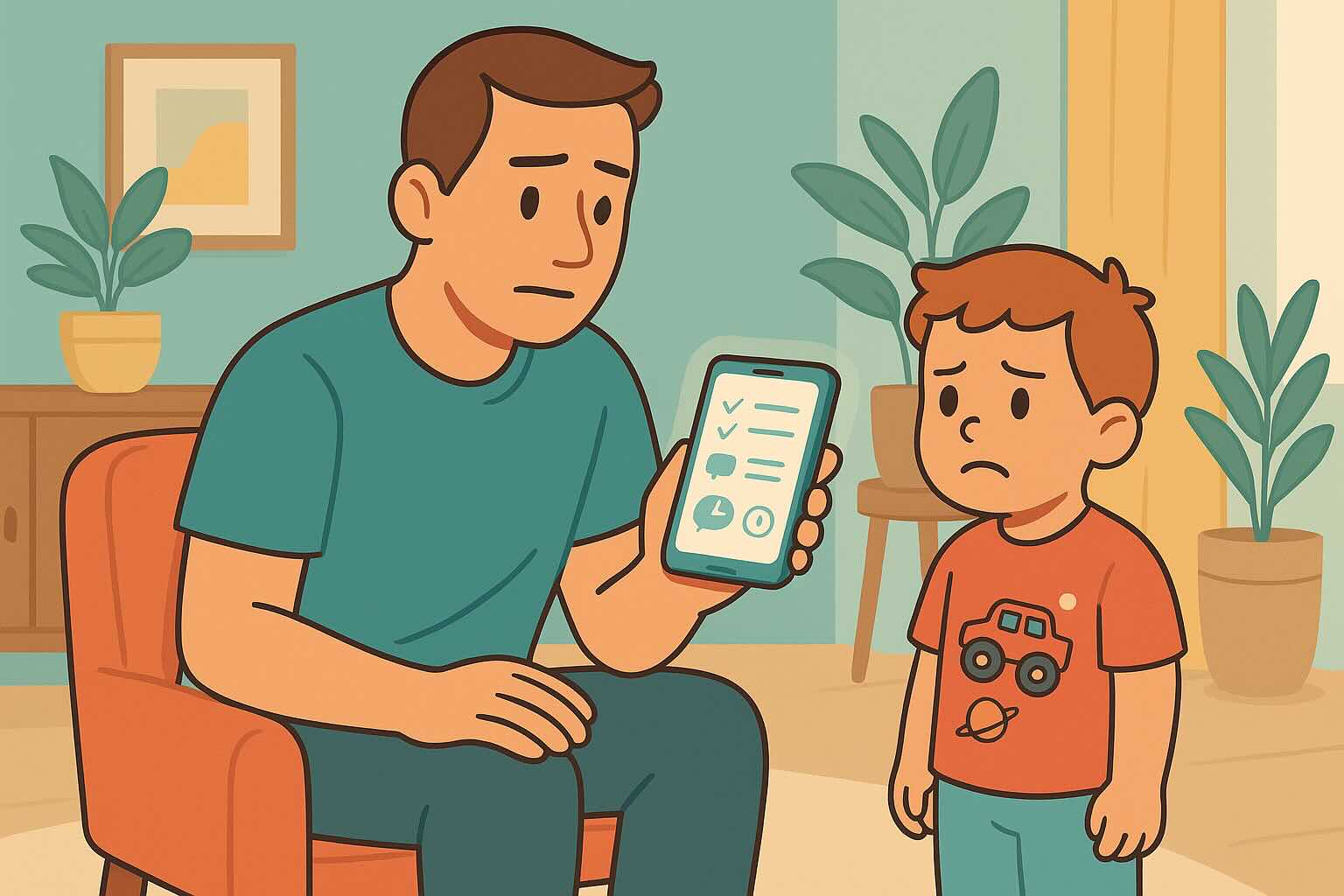
Boundary Setting Scripts
Set firm, loving boundaries without punishment using evidence-based scripts and strategies that build cooperation and respect.
Frequently Asked Questions
Need personalized support?
RootWise's AI coach can provide tailored strategies for your specific situation, available 24/7 when you need it most.
Learn More About AI Coaching →